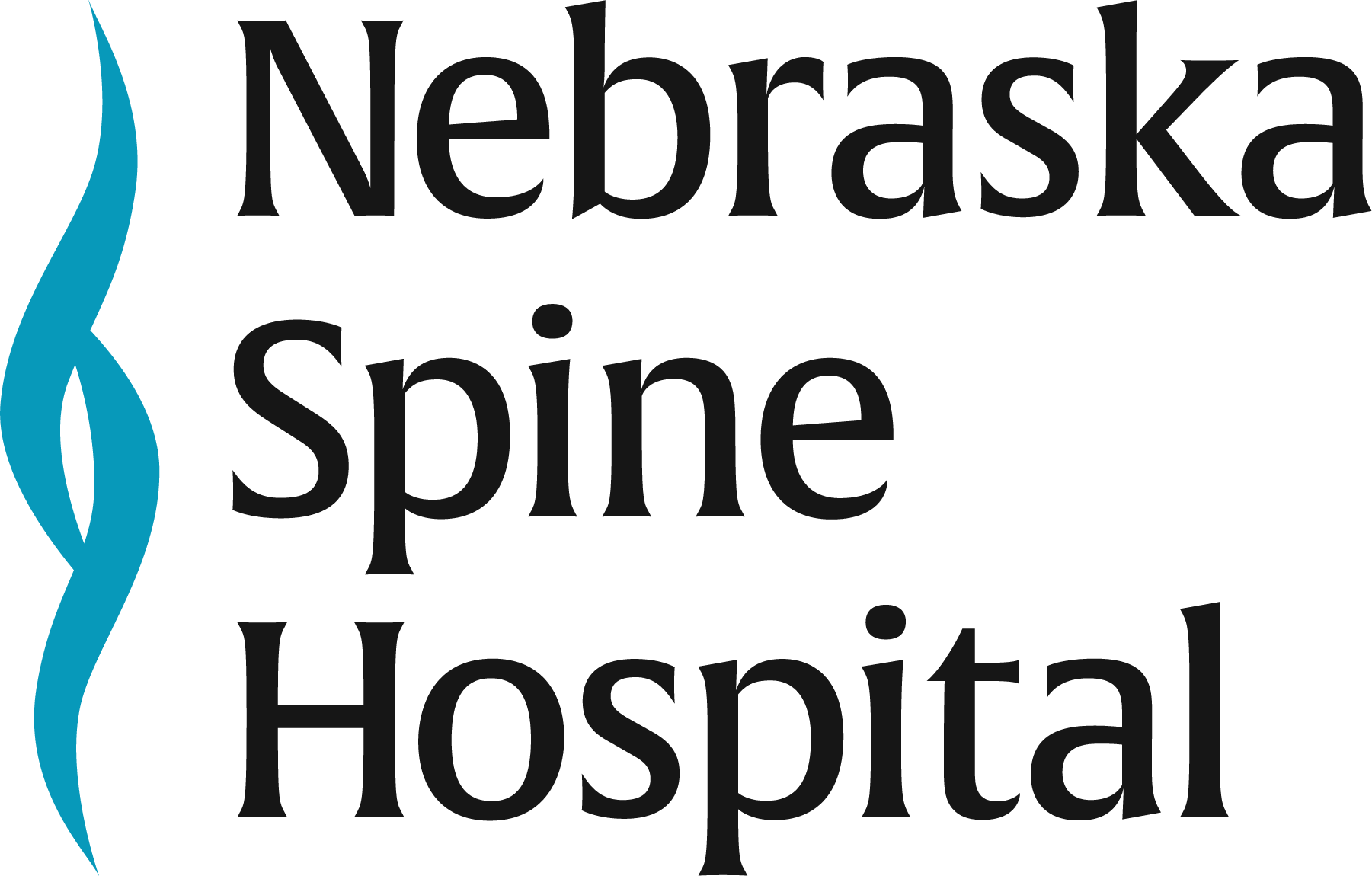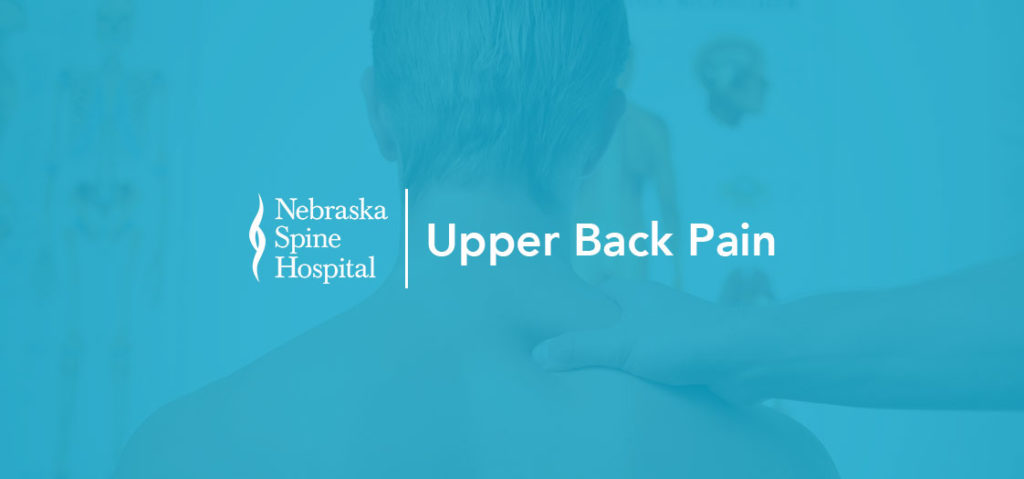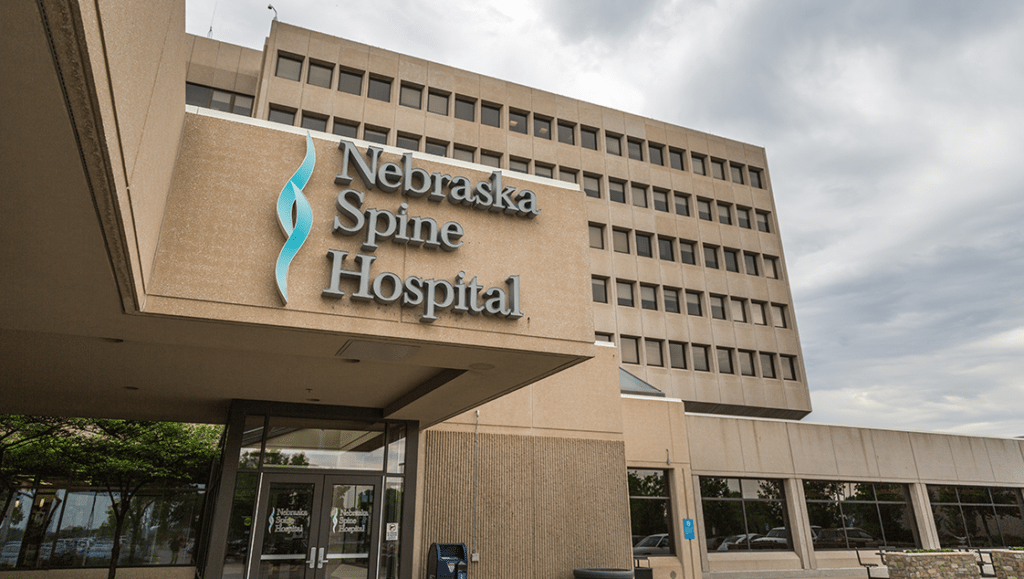When most think of back pain, they generally think of the lower back, or lumbar spine. And rightfully so, since lower back pain is so prevalent. In fact, lower back pain costs Americans a minimum of $50 billion each year in health care costs alone, not including lost wages or decreased productivity.
That being said, the upper back, or thoracic spine, can also cause patients pain. This section of the spine is very strong and stable, allowing us to stand upright while protecting the vital internal organs of the chest. Even though pain in the upper back may be less common, we still think it’s an important topic to cover.
Upper Back Pain Causes
Poor posture often accounts for most cases of upper back pain, especially for those who sit at a computer all day. Ideal posture is neutral and allows gravity to travel through the spine in its optimal condition. The other common causes of pain in the thoracic spine are muscular irritation and joint dysfunction.
Muscular Irritation
The upper back is comprised of muscles that attach to the shoulder blade and the back of the thoracic rib cage. These upper back muscles are prone to developing muscular irritation or myofascial pain.
This type of pain is often due to overuse injuries or de-conditioning, a term used when muscles aren’t ready to take the stress that is applied to them. Patients can also experience muscular irritation due to motor vehicle accidents, sports injuries, muscle strains, or other injuries.
Joint Dysfunction
The ribs and thoracic spine are connected by two joints, one on each side of the body. Any irregular movement, or dysfunction in motion, of these joints can cause upper back pain.
Upper Back Pain Treatment
Upper back pain is most responsive to manual treatments, such as active and/or passive physical therapy, exercise, chiropractic manipulation, massage therapy, and acupuncture. Strengthening and stretching exercises focused primarily on the spine and shoulders are often a large portion of patient rehabilitation programs.
Pain medications can also be helpful in the treatment of back pain caused by muscular irritation and joint dysfunction. Since both ailments usually cause inflammation, an anti-inflammatory is the best kind of medication to take. Specifically, look for ibuprofen or a COX-2 inhibitor.
Because the thoracic spine is so stable, the conditions that plague other sections of the spine aren’t common. These conditions include disc herniation, spinal stenosis, degenerative disc disease, and spondylolisthesis. Most of these conditions occur in the lumbar spine, where there is more mobility.
If you are experiencing any upper back pain, we urge you to seek treatment from one of our board-certified, fellowship-trained spine surgeons.










